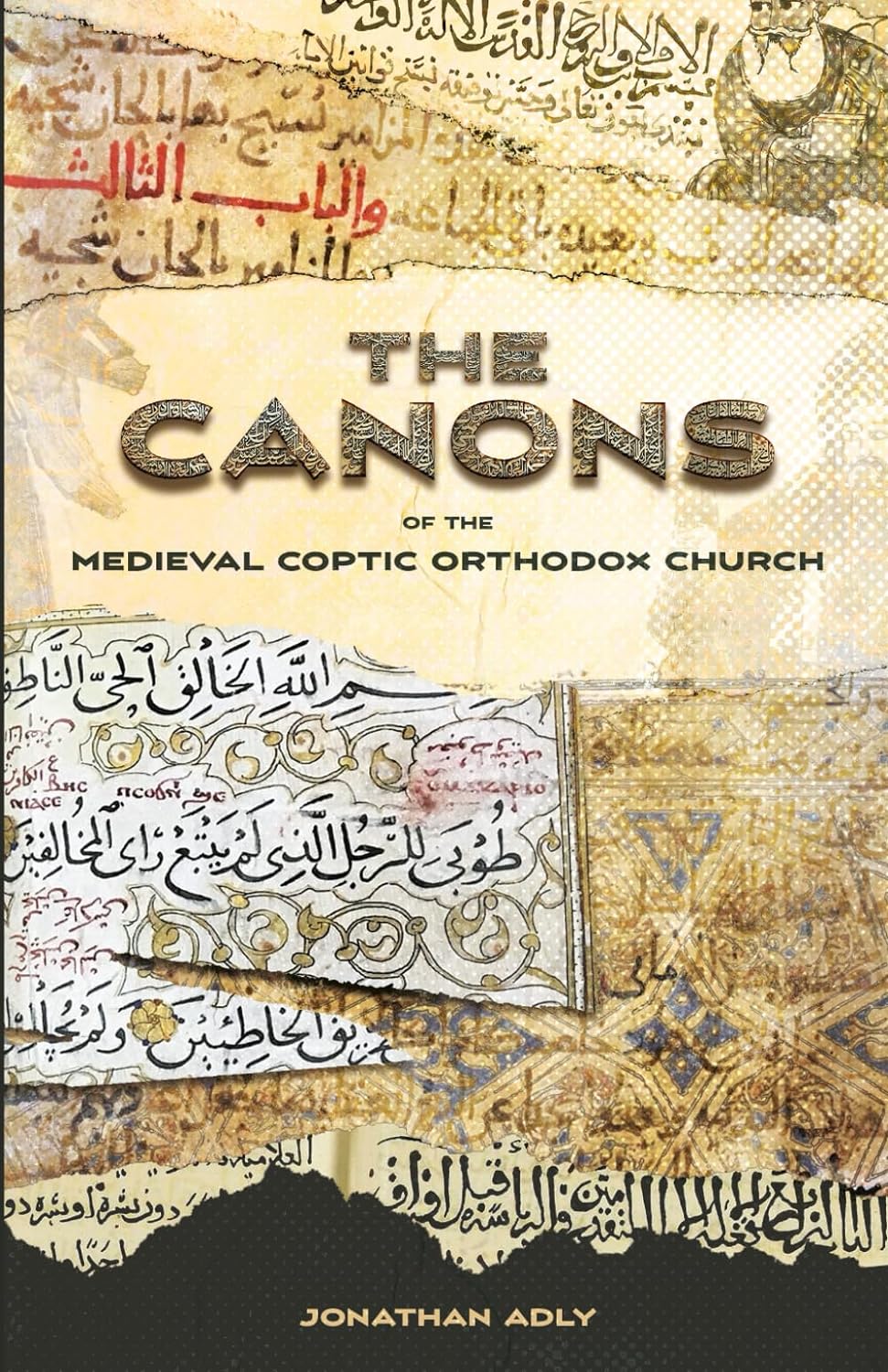1
/
of
1
The Canons of the Medieval Coptic Orthodox Church
The Canons of the Medieval Coptic Orthodox Church
Regular price
$24.99
Regular price
Sale price
$24.99
Quantity
Couldn't load pickup availability
"Sugg. Donation"
In the late eleventh century, a Coptic deacon named Mawhub Ibn Mansur Ibn Mufarrij pursued to document the history of the Coptic people. He traveled extensively throughout Egypt - exploring its monasteries and accumulating biographies of the sixty-five patriarchs who had preceded him. In addition to translating these stories from Coptic to Arabic, he also wrote biographies of two more recent patriarchs, Christodoulos and Cyril II, whom he had personally witnessed.
This mission marked the beginning of a new era for the Coptic Orthodox Church. Before Ibn Mansur, historical records were primarily written in Coptic, but he and those who followed him began writing in Arabic. This transition extended to liturgical rites, theological treatises, and canons, all of which were reworked and elaborated upon in Arabic. The legacy of this period continues to shape modern Coptic Church practices and traditions.
Prior to the promulgation of these canons, the Coptic Church largely relied on universal church canons written in Greek and translated into Coptic. However, the loss of the Greek and Coptic languages, combined with the influence of Islamic law, led to the need for new canons. As the Coptic Church adapted to its existence under Islamic rule, various canonical and practical issues arose, necessitating the creation of these canons.
The goal of this book is not to introduce the Coptic tradition to a contemporary audience or discuss the transition from Coptic/Greek to Arabic Egypt. Instead, its purpose is to make the canons of the medieval Coptic Church during this transition accessible to modern readers. These canons remain relevant and in practice today but are often challenging to access. The book also aims to provide context and insight into the circumstances surrounding the promulgation of these canons.
The last significant attempt to introduce these canons to a primarily Western audience occurred between 1932-1936 in academic papers published in Le Muséon: Revue d'Études Orientales. This book consolidates those papers, offering fresh translations and enhanced context based on a new understanding of The History of the Patriarchs as a primary source.
For Coptic readers, the canons of the medieval Coptic Church serve as the foundation for many modern practices and traditions within the Coptic Church. They encompass a wide range of topics, from separating genders during liturgical services to specifying fasting practices and outlining the dates and customs of major and minor feasts. While this book may not have a spiritual focus, it provides valuable historical and practical insights.
This mission marked the beginning of a new era for the Coptic Orthodox Church. Before Ibn Mansur, historical records were primarily written in Coptic, but he and those who followed him began writing in Arabic. This transition extended to liturgical rites, theological treatises, and canons, all of which were reworked and elaborated upon in Arabic. The legacy of this period continues to shape modern Coptic Church practices and traditions.
Prior to the promulgation of these canons, the Coptic Church largely relied on universal church canons written in Greek and translated into Coptic. However, the loss of the Greek and Coptic languages, combined with the influence of Islamic law, led to the need for new canons. As the Coptic Church adapted to its existence under Islamic rule, various canonical and practical issues arose, necessitating the creation of these canons.
The goal of this book is not to introduce the Coptic tradition to a contemporary audience or discuss the transition from Coptic/Greek to Arabic Egypt. Instead, its purpose is to make the canons of the medieval Coptic Church during this transition accessible to modern readers. These canons remain relevant and in practice today but are often challenging to access. The book also aims to provide context and insight into the circumstances surrounding the promulgation of these canons.
The last significant attempt to introduce these canons to a primarily Western audience occurred between 1932-1936 in academic papers published in Le Muséon: Revue d'Études Orientales. This book consolidates those papers, offering fresh translations and enhanced context based on a new understanding of The History of the Patriarchs as a primary source.
For Coptic readers, the canons of the medieval Coptic Church serve as the foundation for many modern practices and traditions within the Coptic Church. They encompass a wide range of topics, from separating genders during liturgical services to specifying fasting practices and outlining the dates and customs of major and minor feasts. While this book may not have a spiritual focus, it provides valuable historical and practical insights.
Share


